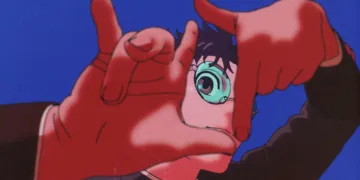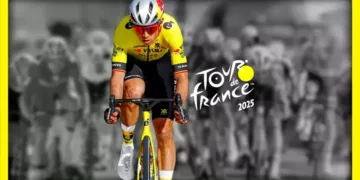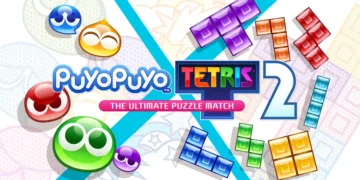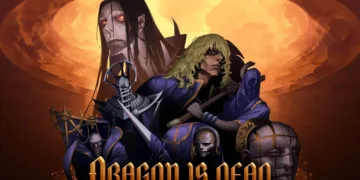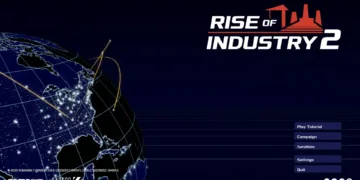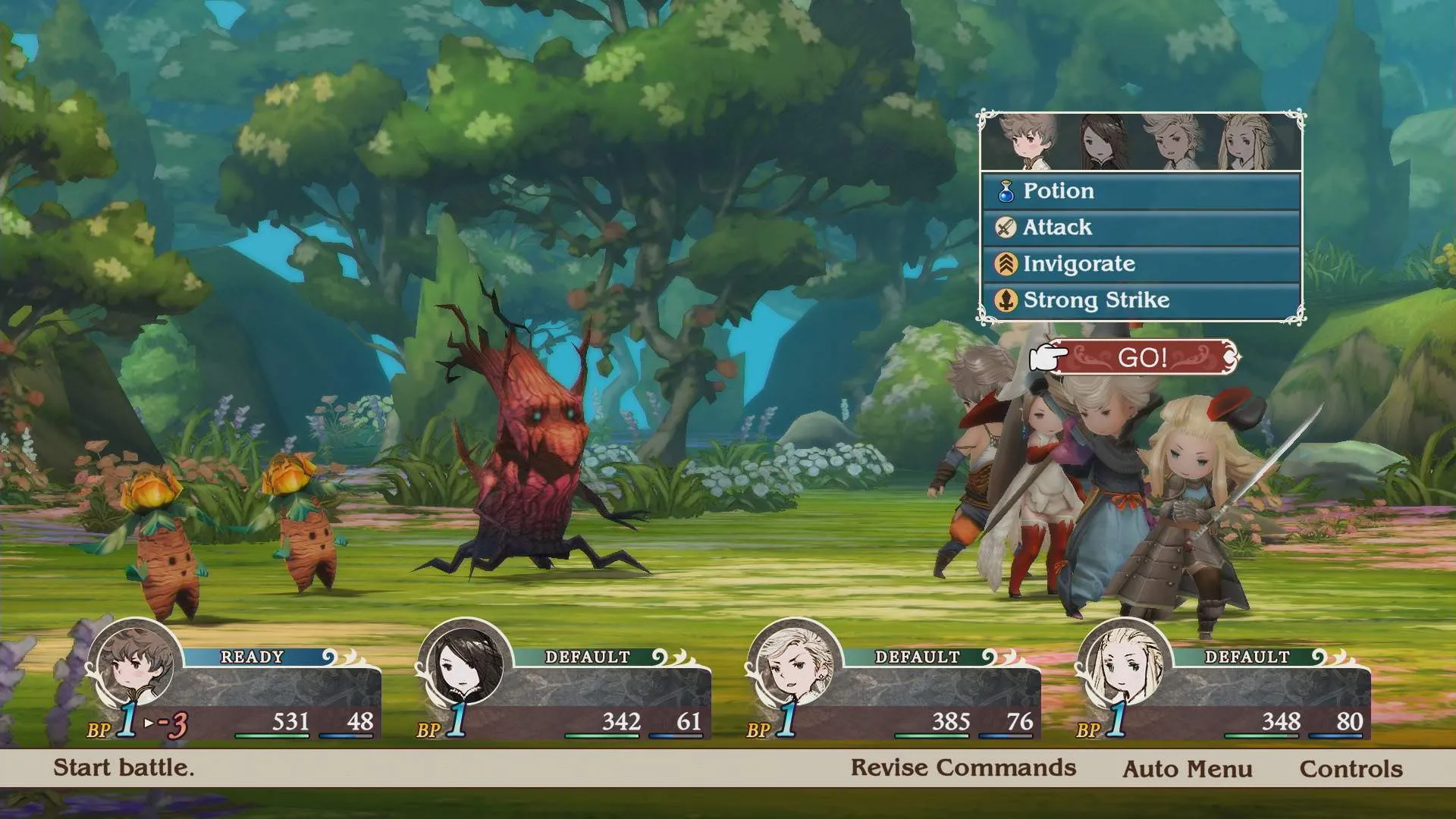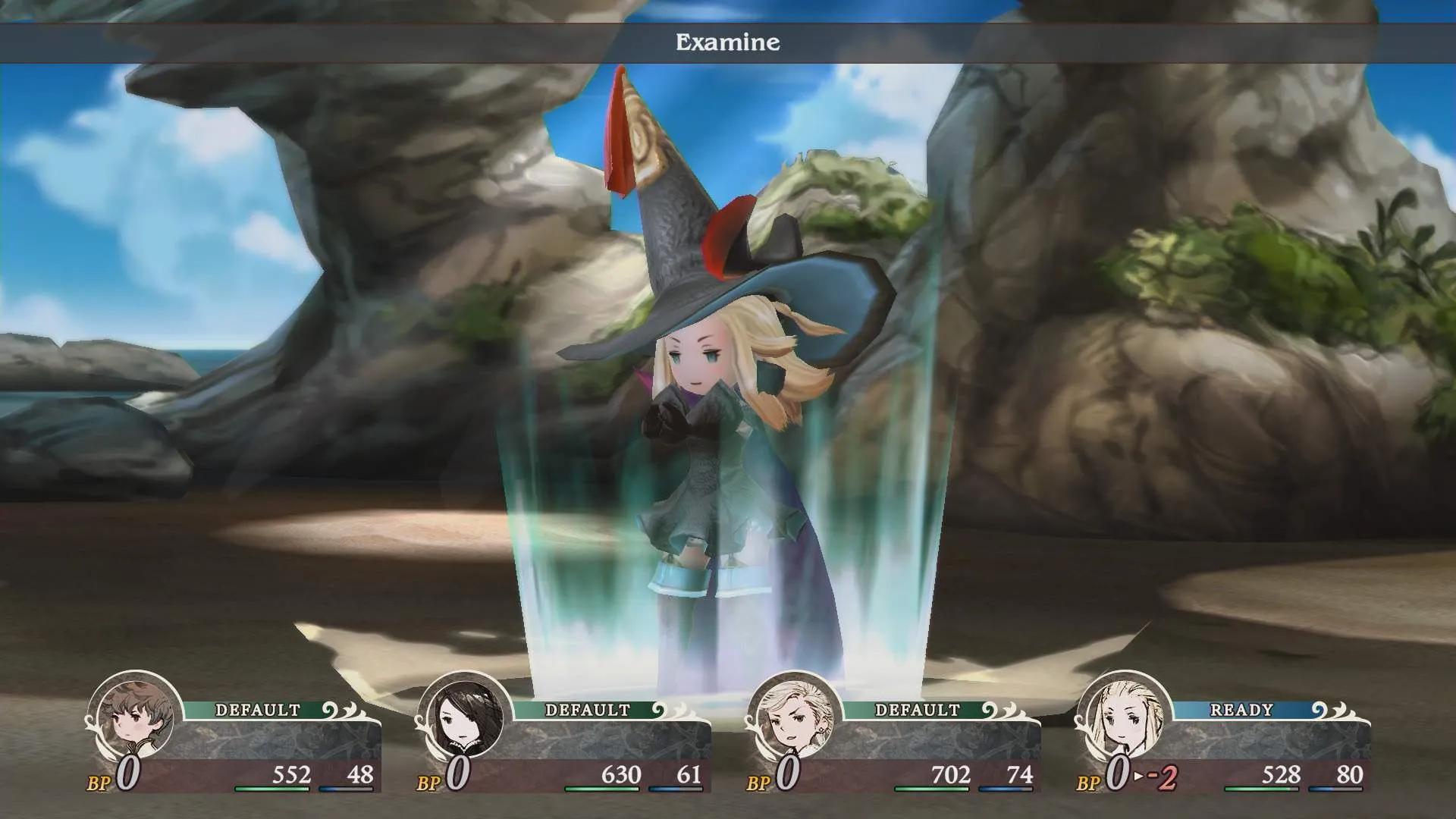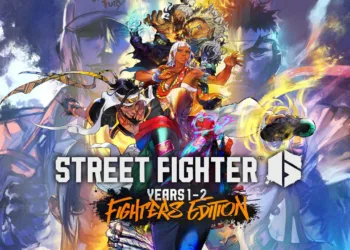The Japanese role-playing game often functions as a cultural mirror, reflecting a deep dialogue with its own artistic past. Bravely Default: Flying Fairy HD Remaster arrives on a new platform not merely as an update, but as a conversation piece.
It presents the world of Luxendarc, a land defined by the harmony of four elemental crystals. When a great chasm opens and darkness consumes these vital sources, the world is thrown into disarray.
This chaos draws together a quartet of disparate souls: Tiz, a pastoral survivor; Agnès, a devout vestal; Ringabel, an amnesiac with a prophetic book; and Edea, a soldier who forsakes her cause. Their quest to restore balance is a foundational story, one that feels immediately recognizable to anyone familiar with the early grammar of Final Fantasy.
Archetypes as Performative Text
The narrative consciously wears the costume of JRPG tradition. The four protagonists are less individuals at first and more walking archetypes, familiar figures from a collective storytelling library. Tiz is the humble villager thrust into greatness, Agnès the burdened priestess, Edea the honorable defector, and Ringabel the charismatic rogue.
This initial familiarity is a deliberate choice, establishing a baseline of expectation that the game spends its latter half systematically dismantling. The journey to restore the crystals serves as the plot’s engine, but the real work happens as the script begins to question the very nature of this heroic cycle.
This remaster preserves the original’s script faithfully, meaning its structural eccentricities remain. The narrative’s pace slackens in the central acts, a feature that might test the patience of those accustomed to Western three-act structures, yet it allows for a meditative quality before its potent finale.
The Grammar of Combat
The game’s most articulate argument is made through its combat system. Where many turn-based systems encourage a constant offensive, Bravely Default builds a mechanical language around patience and explosive potential.
The central system is a duality: “Default” and “Brave.” To Default is to adopt a defensive stance, forgoing an action to bank a turn for later use. To be Brave is to spend these banked turns—or even borrow against future ones—to unleash a rapid sequence of actions. This creates a rhythm of calculated restraint followed by overwhelming force.
This is not just a strategic layer; it is a philosophy. The extensive Job system, with 24 roles learned from defeated foes, acts as the vocabulary for this language. Combining a Knight’s primary skills with a White Mage’s commands, or equipping passive abilities from a dozen different disciplines, allows for a deep authorship over party strategy.
An Aesthetic Lost and Found
The transition to high definition presents a fascinating visual tension. The world’s backgrounds are rendered as gorgeous, painterly backdrops, evoking the feeling of turning the pages of an elaborate storybook. These static vistas benefit immensely from the crispness of HD.
In motion, however, a conflict emerges. The character and enemy models retain the simplistic, low-polygon geometry of their handheld origins. This creates a disconnect, as if puppets are performing on a masterfully painted stage. It’s a ghost of the original hardware’s limitations.
The energetic score, a fusion of orchestral bombast and power metal, remains a highlight. Yet something is lost without the original’s stereoscopic 3D. That effect gave the world a diorama-like quality, a “pop-up book” physicality that is now flattened into a more conventional presentation.
Global Concessions and Local Quirks
This remaster is a study in adaptation. Numerous quality-of-life adjustments—a redesigned user interface, a sprint button, an adjustable encounter rate—feel like concessions to a global audience’s evolving expectations for convenience.
The Norende restoration sub-game, a passive town-building exercise, returns. The social connectivity that fueled it, once reliant on Japan’s hyper-local StreetPass culture, is now integrated into a more universal online model where players’ avatars populate each other’s worlds. The most curious additions are two new minigames built around the console’s novel control inputs.
These feel like artifacts of a distinctly Japanese design tradition, where hardware makers encourage playful, sometimes gimmicky, mechanical experiments. They are minor diversions, but they speak to a design culture that values exploring the physical interface between player and game.
The Review
Bravely Default: Flying Fairy HD Remaster
Bravely Default: Flying Fairy HD Remaster is a mechanically brilliant JRPG whose timeless design is somewhat undermined by a visually inconsistent HD transition. The strategic depth of its combat and clever narrative remain top-tier, but the graphical upgrade feels incomplete, creating a dissonance between the beautiful world and its simplistic inhabitants. It remains a foundational experience, though this port feels more functional than celebratory, preserving a classic rather than elevating it.
PROS
- Deep and rewarding "Brave/Default" combat system.
- Extensive Job system allows for incredible party customization.
- A classic story that intelligently subverts genre expectations.
- Beautifully rendered hand-painted environments.
- An exceptional and energetic musical score.
CONS
- Dated character models clash visually with the backgrounds.
- Significant story pacing issues in the game's middle chapters.
- The original's unique 3D "pop-up book" aesthetic is lost.
- New minigames feel like tacked-on distractions.














